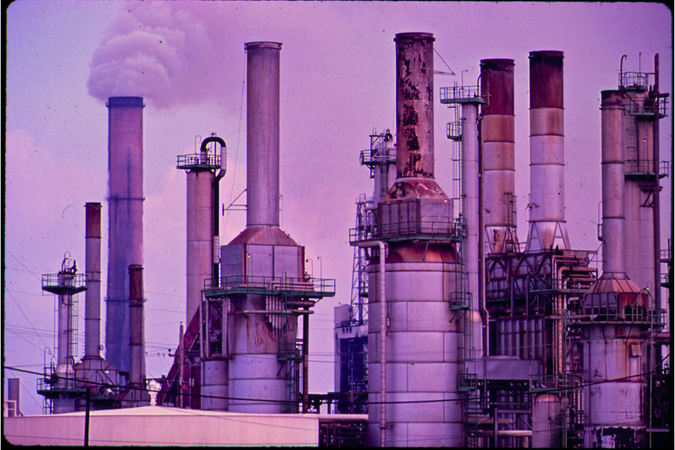Technologies and Policies to Decarbonize Global Industry: Review and Assessment of Mitigation Drivers through 2070
Fully decarbonizing global industry is essential to achieving climate stabilization, and reaching net zero greenhouse gas emissions by 2050–2070 is necessary to limit global warming to 2 °C. This paper assembles and evaluates technical and policy interventions, both on the supply side and on the demand side.
Highlights
- Technology and policies enable net zero industrial greenhouse gas emissions by 2070.
- Electrification, use of hydrogen, energy efficiency, and carbon capture.
- Material efficiency, longevity, re-use, material substitution, and recycling.
- Specific technologies for iron & steel, cement, and chemicals & plastics.
- Carbon pricing, research support, standards, government purchases, data disclosure.
Abstract
Fully decarbonizing global industry is essential to achieving climate stabilization, and reaching net zero greenhouse gas emissions by 2050–2070 is necessary to limit global warming to 2 °C. This paper assembles and evaluates technical and policy interventions, both on the supply side and on the demand side. It identifies measures that, employed together, can achieve net zero industrial emissions in the required timeframe. Key supply-side technologies include energy efficiency (especially at the system level), carbon capture, electrification, and zero-carbon hydrogen as a heat source and chemical feedstock. There are also promising technologies specific to each of the three top-emitting industries: cement, iron & steel, and chemicals & plastics. These include cement admixtures and alternative chemistries, several technological routes for zero-carbon steelmaking, and novel chemical catalysts and separation technologies. Crucial demand-side approaches include material-efficient design, reductions in material waste, substituting low-carbon for high-carbon materials, and circular economy interventions (such as improving product longevity, reusability, ease of refurbishment, and recyclability). Strategic, well-designed policy can accelerate innovation and provide incentives for technology deployment. High-value policies include carbon pricing with border adjustments or other price signals; robust government support for research, development, and deployment; and energy efficiency or emissions standards. These core policies should be supported by labeling and government procurement of low-carbon products, data collection and disclosure requirements, and recycling incentives. In implementing these policies, care must be taken to ensure a just transition for displaced workers and affected communities. Similarly, decarbonization must complement the human and economic development of low- and middle-income countries.
Authors

Jeffrey Rissman

Chris Bataille

Eric Masanet

Nate Aden

William R. Morrow III

Nan Zhou

Neal Elliott

Rebecca Dell

Niko Heeren

Brigitta Huckestein

Joe Cresko

Sabbie Miller

Joyashree Roy

Paul Fennel

Betty Cremmins

Thomas Koch Blank

David Hone

Ellen D. Williams

Stephane de la Rue du Can

Bill Sisson

Mike Williams

John Katzenberger

Girish Sethi

He Ping

David Danielson

Hongyou Lu

Tom Lorber

Jens Dinkel

Jonas Helseth




